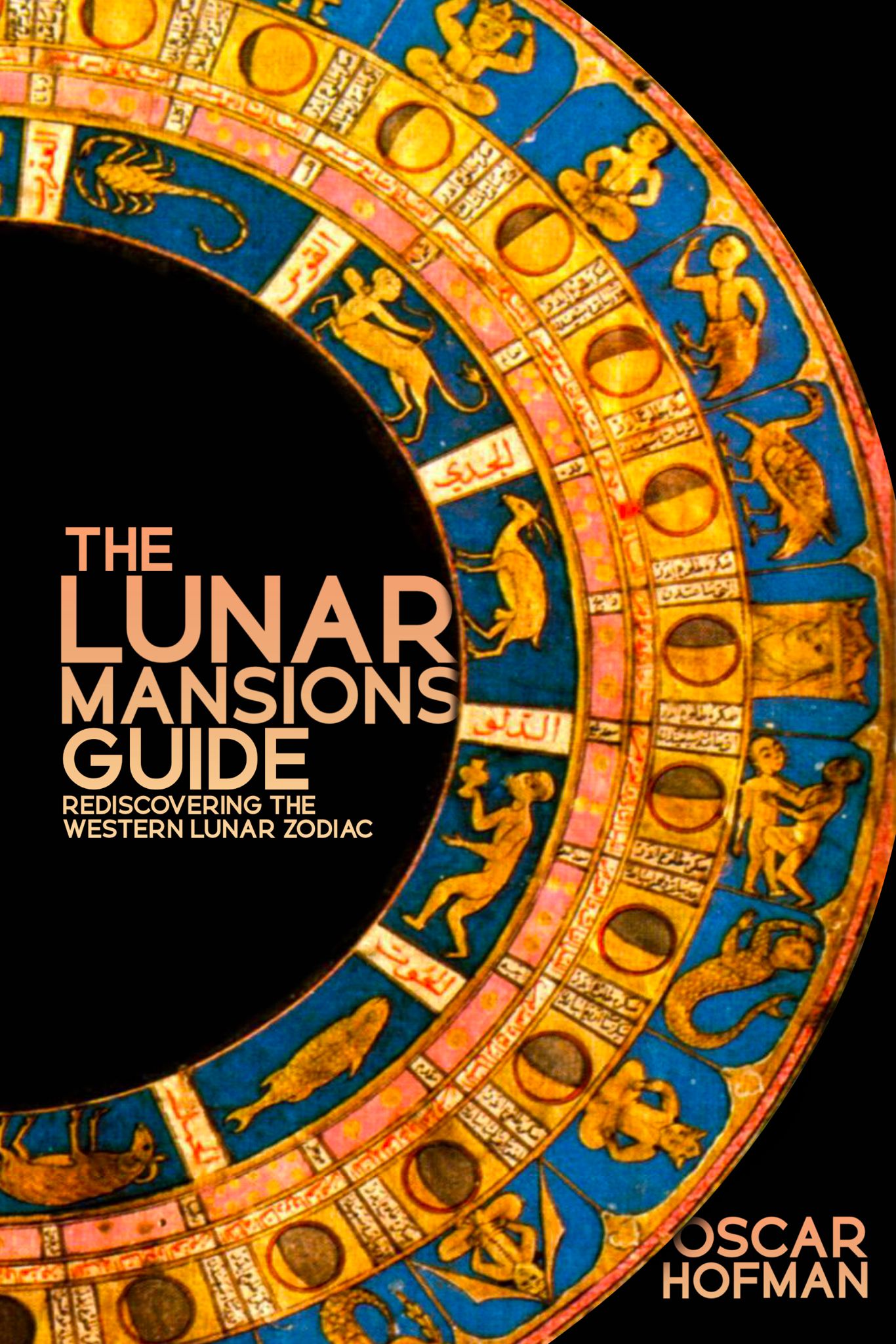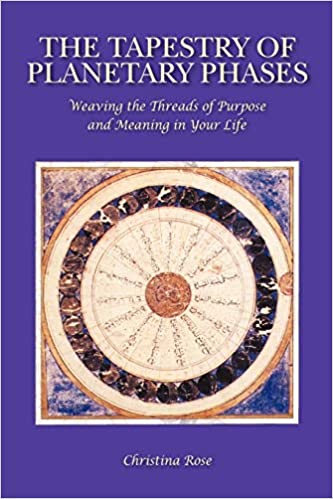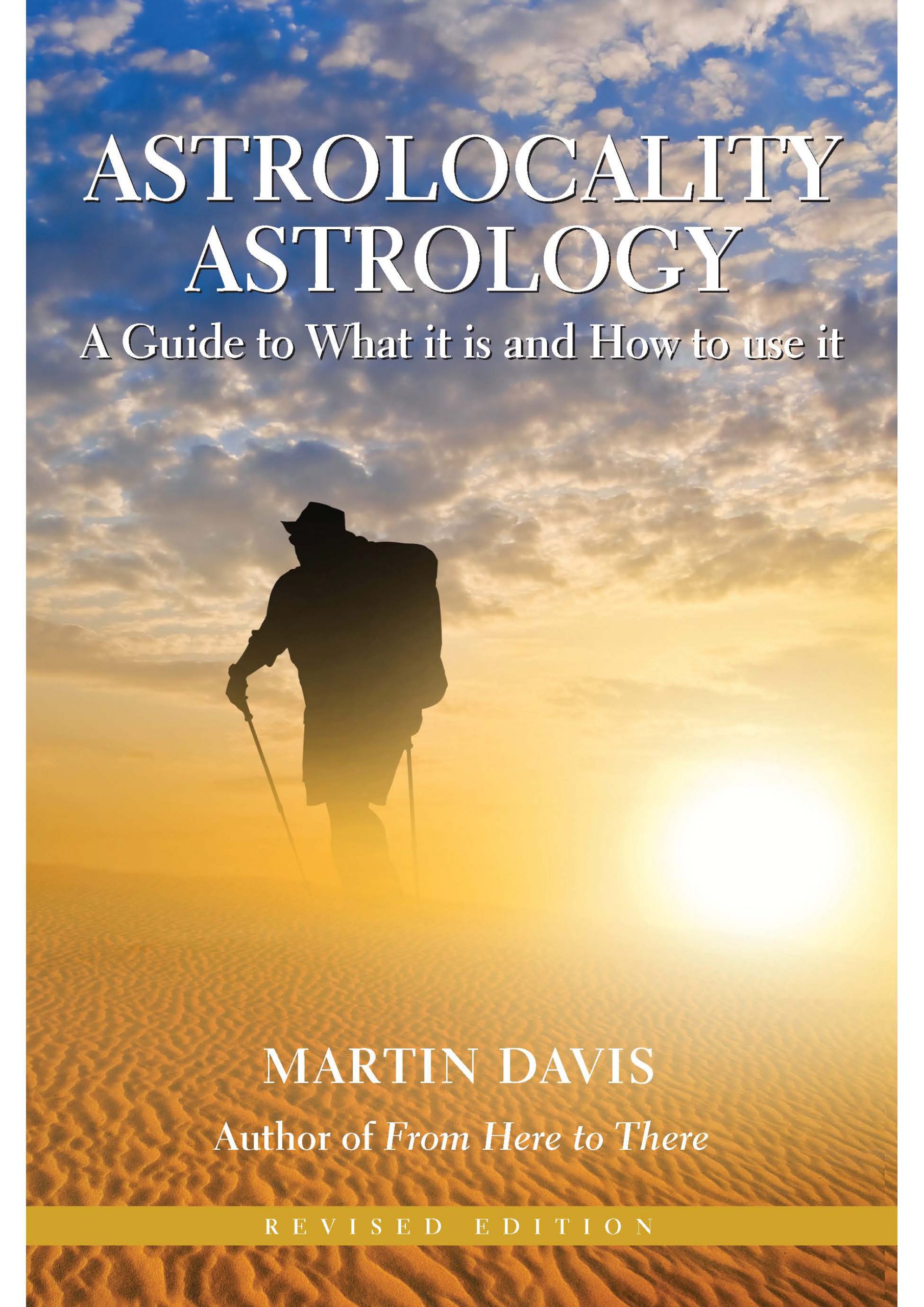This book will provide you with the long-lost key to the traditional Western lunar mansions, also once known as the Manzils. In The Lunar Mansions Guide: Rediscovering the Western Lunar Zodiac, Oscar Hofman retrieves and regenerates this old and important technique which, in Western astrology at least, has become almost obsolete. His investigations were based on the critical evaluation of old texts, and on his extensive knowledge of the fixed stars, their natures and especially their mythological stories. The result of his hard work is demonstrated here in copious case studies, showing that the method is a wonderful tool suitable for use in natal, electional and predictive astrology. The Lunar Mansions Guide makes the perfect companion to Oscar’s previous book, Fixed Stars in the Chart, and will be welcomed by seasoned students as well as those who are new to the technique of lunar mansions.
Oscar Hofman
Oscar Hofman lives in Gorinchem, The Netherlands and practises all the branches of traditional astrology: medical, natal, electional, horary and munda...
Show more
"The recovery of lost or forgotten techniques must be the most remarkable development in the history of astrology in the past 40-plus years. Oscar Hofman’s latest book, The Lunar Mansions Guide, adds to our library of traditional or classical astrology, greatly expanding on a chapter on lunar mansions in his earlier, excellent title, Fixed Stars in the Chart – Constellations, Lunar Mansions and Mythology.
It all sounds horribly complicated and yet nothing could be further from the truth. The Guide is a model of clarity and simplicity. Perhaps the greatest challenge to a 21st century astrologer, operating in a science-secular world, is the book’s religious certainty. Hofman tells us that astrology symbolically was given to humanity ‘by God…taught by Adam to his son Seth in the Garden of Eden’, according to Jewish tradition: astrology could not have arisen simply from long observation, he asserts. This perspective reorients the mind to the potent myths that underlie fixed stars – which are intimately linked with the mansions – and just about everything else in astrology.
Specifically, Hofman’s topic is the Arabic Lunar Mansions. He explains the symbolic importance of the Moon, the 28 manzils or mansions (houses) of the lunar transit against the zodiac signs (or constellations), and how this system is actually part of Western tradition, albeit obsolete until now. The technique presented here is the result of Hofman poring over old texts – he admits these sources were often incomplete or ‘corrupted’ – and is a reconditioned version based on his knowledge of fixed stars and practical application.
The greater part of the Guide takes us through the four lunar quarters each comprising seven mansions. Where the lunar zodiac starts precisely is, of course, a contentious question and Hofman guides us through four options – he opts for ‘The Precessed Option’ which factors in precession and has Al Sharatain as the opener at 3° Taurus 11’ ending at 16° Taurus 02’, linked to star Sharatan, one of the Horns of Aries. He describes its mythical story and its connection to certain qualities and attributes – this first mansion appropriately is an excellent phase in which to start something new. Hofman also provides many exemplary horoscopes of famous people. This strict formula is applied cogently to the remaining 27 mansions.
Lunar Mansions can also be used in secondary progression predictive work. And at the back of the book, he has useful appendices in which, for example, he blows up the idea that we are in the Age of Aquarius and explains dignities and receptions. This book will help refine your astrological work and I wholeheartedly recommend it."
Victor Olliver The Astrological Journal Sept/Oct 2022
"When I glanced at the title, The Lunar Mansions Guide, I thought I was going to read about the nakshatras, or lunar mansions of Indian (or Vedic) astrology. After going so far as to read the subtitle, I realized that this book is about something different altogether - Western lunar mansions, which derive from Arabian astrology. I had no idea such things existed. Apparently, I’m not the only one, and the author had to do some detective work to discover how the lunar mansions work. There are 28 Western lunar mansions, in contrast to the 27 nakshatras.
The author’s first task is to determine where the lunar mansions begin. As is typical in Western astrology, the shift between the tropical and sidereal zodiacs complicates matters, especially because the meanings of the various mansions are in part tied to the fixed stars. Hoffman presents four possibilities, which he evaluates before choosing a starting point. This process is both interesting and important, as the position of the lunar mansions depends on where they begin.
Having set the lunar mansions in place, the author next delves into their meanings. This is accomplished by a combination of extant astrological writings on the mansions with related mythological material and the relevant fixed stars. As we would expect, the bulk of the book is taken up with exploring each of the 28 mansions, and they are covered in considerable depth. Among the things Hoffman does is to relate the Western (Arabian) mansions to their Vedic counterparts, which sets up some interesting comparisons and helps to illuminate the meanings.
There are four appendices that deal with specific questions like precession, medical correspondences in the Arabian and Vedic systems, planetary parts, dignities, and receptions. While interesting, exactly what bearing the planetary parts, dignities, and arguments about the Age of Aquarius have to do with the lunar mansions is unclear. Most of the appendices could find better homes elsewhere, or need more explanation. Still, if you like to armchair-wrestle about the astrological ages and such, it’s fun reading.
The book is well-written and accessible to the professional or intermediate-to-advanced student. There’s a distinctly Christian flavor to the writing, with references to the Bible in various places, and this may not be to everyone’s liking - especially when astrology is placed within Biblical context as revealed knowledge. However, these considerations generally stand apart from the work on the mansions themselves. Hoffman has done a lot of work to recreate the Arabian lunar mansions, and the result seems to me to be like the restoration of a Silent Era film: it’s speculative about some things and parts are missing, but it’s the best we’re likely to get on the topic. The real proof of the pudding is in using the information in chart delineation, a task that is ultimately up to each astrologer.
Armand Diaz NCGR Memberletter




